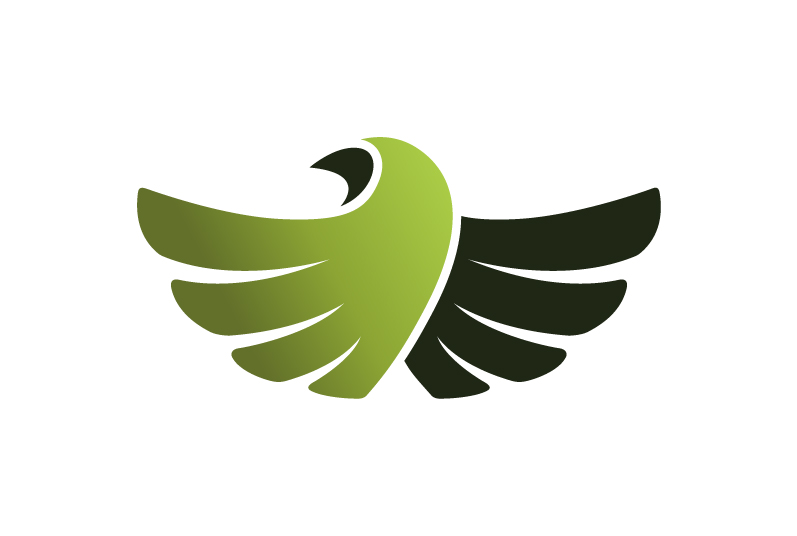10 Potential Benefits of Qigong
Qigong was developed over 4000 years ago in China. ‘Qi’ means ‘life energy’ and ‘gong’ means ‘work’. It is a gentle form of exercise devised to harmonise the flow of energy in the body and is based on the same theory of qi as shiatsu. This entails using relaxation and concentration to achieve effortless, natural movement. That means using only muscles that are under unconscious control (involuntary muscles) to maintain posture and for movement rather than engaging the voluntary muscles that are under conscious control. Click here to see an example of a few qigong exercises and how graceful the movements are.
Different types of qigong have developed over the millennia in different aspects of Chinese society: in Taoism and Buddhism as a moving meditation, in Confuscianism for long life and good conduct, in traditional Chinese medicine to prevent or cure disease and in the martial arts to enhance fighting ability.
Qigong has the following potential benefits:
- Body awareness
- Efficiency of movement
- Injury prevention
- Good posture
- Better balance and co-ordination
- Strengthening
- Increased vital energy
- Improved concentration
- Relaxation
- Promotion of health.
Body Awareness, Efficiency of Movement & Injury Prevention
Qigong is about whole body movement, not just moving the arms about! The focus is on generating movement from the dantian, which is imagined as a ball in the lower part of the abdomen, just below the navel. The whole body movement of qigong promotes body awareness. Using the whole body, the dantian in particular, to generate movement is more efficient than using just a limb, and a strong core helps protect limbs from injury.
Many of the movements in qigong involve the opening and closing of joints such as the hips and shoulder. The repetitive opening and closing of joints helps them to function optimally, thus aiding efficiency of movement and helping to prevent injury. For example the opening and closing of the hip joints in chan si gong (the silk reeling exercises).
Posture
A primary focus of qigong is good posture, which promotes health and prevents injury.
Balance & Co-ordination
The improved body awareness and the shifting of weight from one leg to another in qigong can help improve balance and co-ordination, which makes movement more graceful.
Strengthening Muscles, Joints & Bones
Some qigong exercises are particularly strengthening for the muscles, for example dantian and Taoist qigong. I was recently advised by a physiotherapist to do squats to strengthen my gluteal muscles for running and I was interested to find how many of the qigong exercises achieve the same thing.
The weight-bearing nature of qigong helps to strengthen bones, especially when transferring all the weight onto one leg.
Increasing Vital Energy
Qigong is all about working with energy, but some of the exercises are particularly focused on increasing vital energy. This clip shows an example of a good exercise for that.
Concentration & Relaxation
Qigong is effectively a moving meditation as it requires quiet focus. It is sometimes described as swimming in the air (as a swimmer I really like that analogy). Movements are performed as if the air were as dense as water, creating resistance and keeping movements fluid, which aids concentration and so relaxation.
The slow, repetitive nature of the movements in qigong are meditative. The focus on breathing also aids relaxation. The calming nature of many qigong movements can also aid sleep, especially the type of descending motions where the arms trace down the spine from head to the abdomen, which helps calm the mind.
Promotion of Health
Some moving qigong exercises are aimed at strengthening and regulating the organs, for example five yin organs qigong, which you can see an example of here.
Many of the qigong movements promote flexibility of the spine (especially dragon qigong), which protects against injury and supports health. A healthy spine is key to general health as it is the main conduit for the nerves and so communication throughout the body. If communication is impaired, so too is the body’s ability to heal itself, which ultimately manifests as disease, whether that is physical or psychological. Where in the body disease manifests depends on where the spine is stuck. Simply put, nerves for the head branch out of the cervical spine, those for the upper body branch out from the thoracic spine and those for the lower body from the lumbar spine, although there is considerable cross over so that any one organ or body part may be supplied from nerves from more than one part of the spine. You can see an example of dragon qigong here.
By promoting relaxation, qigong can also improve heart function.
As you can see, qigong has many potential benefits to health and wellbeing when practised regularly. If you would like to try qigong, I can highly recommend Karen Pounds’ classes. Or if you would like to experience a shiatsu treatment, do contact me.

